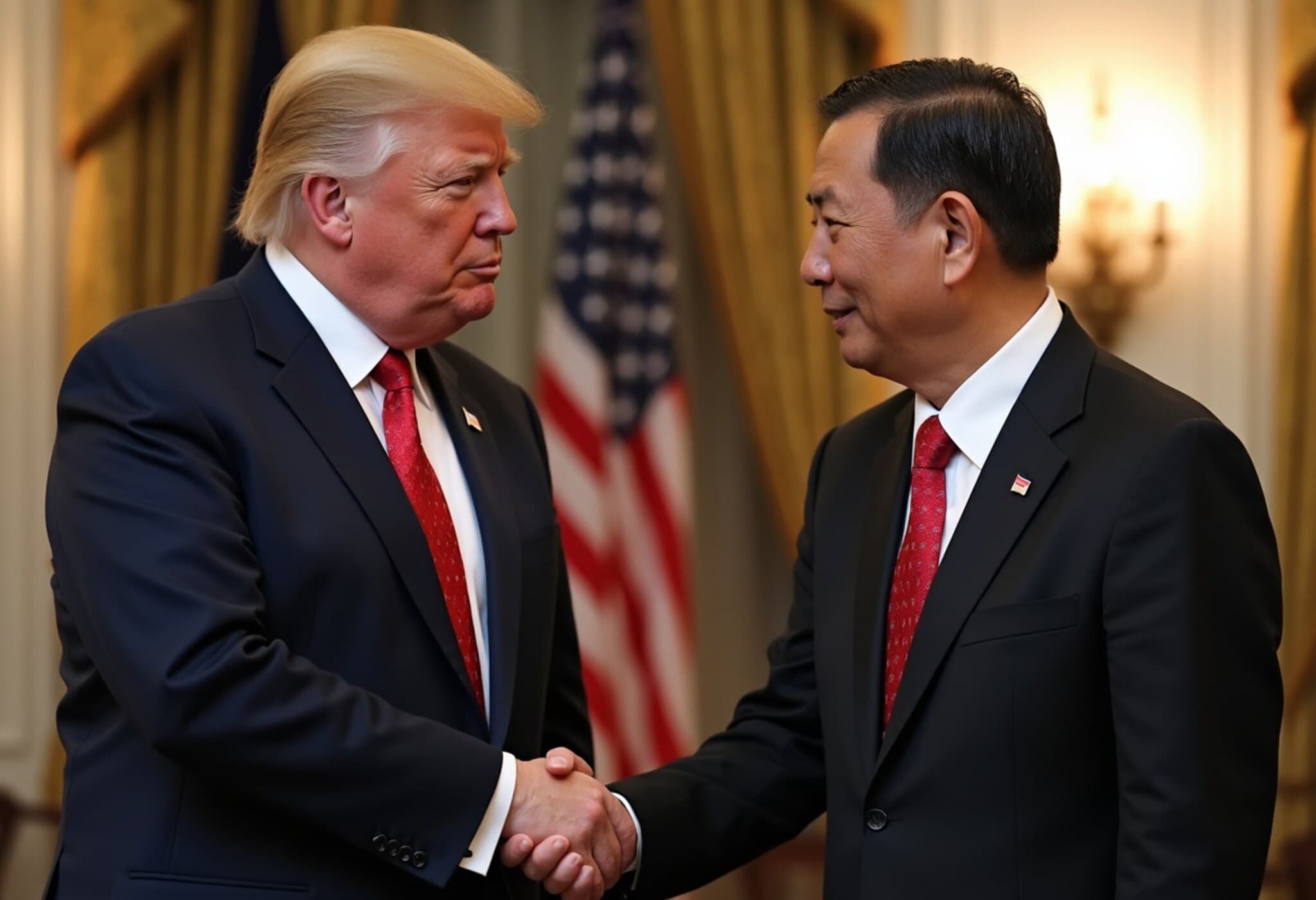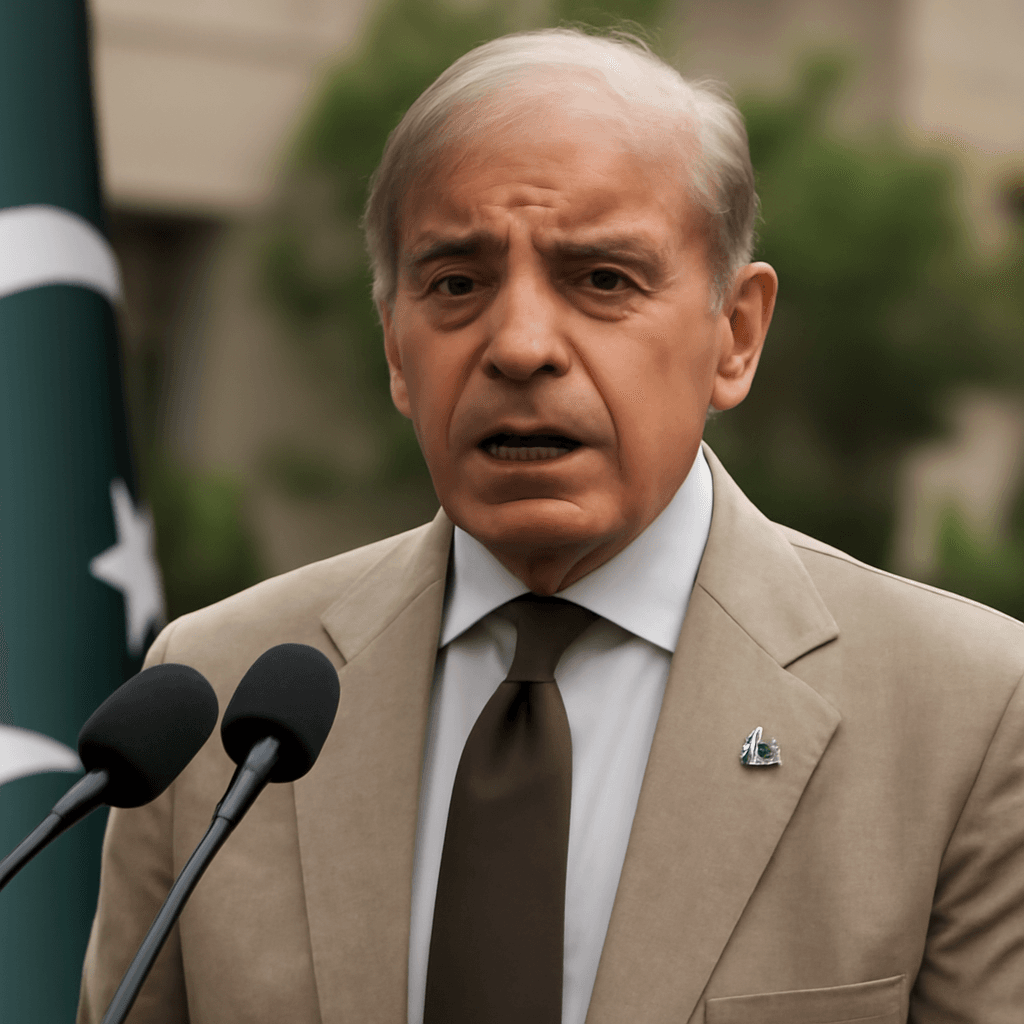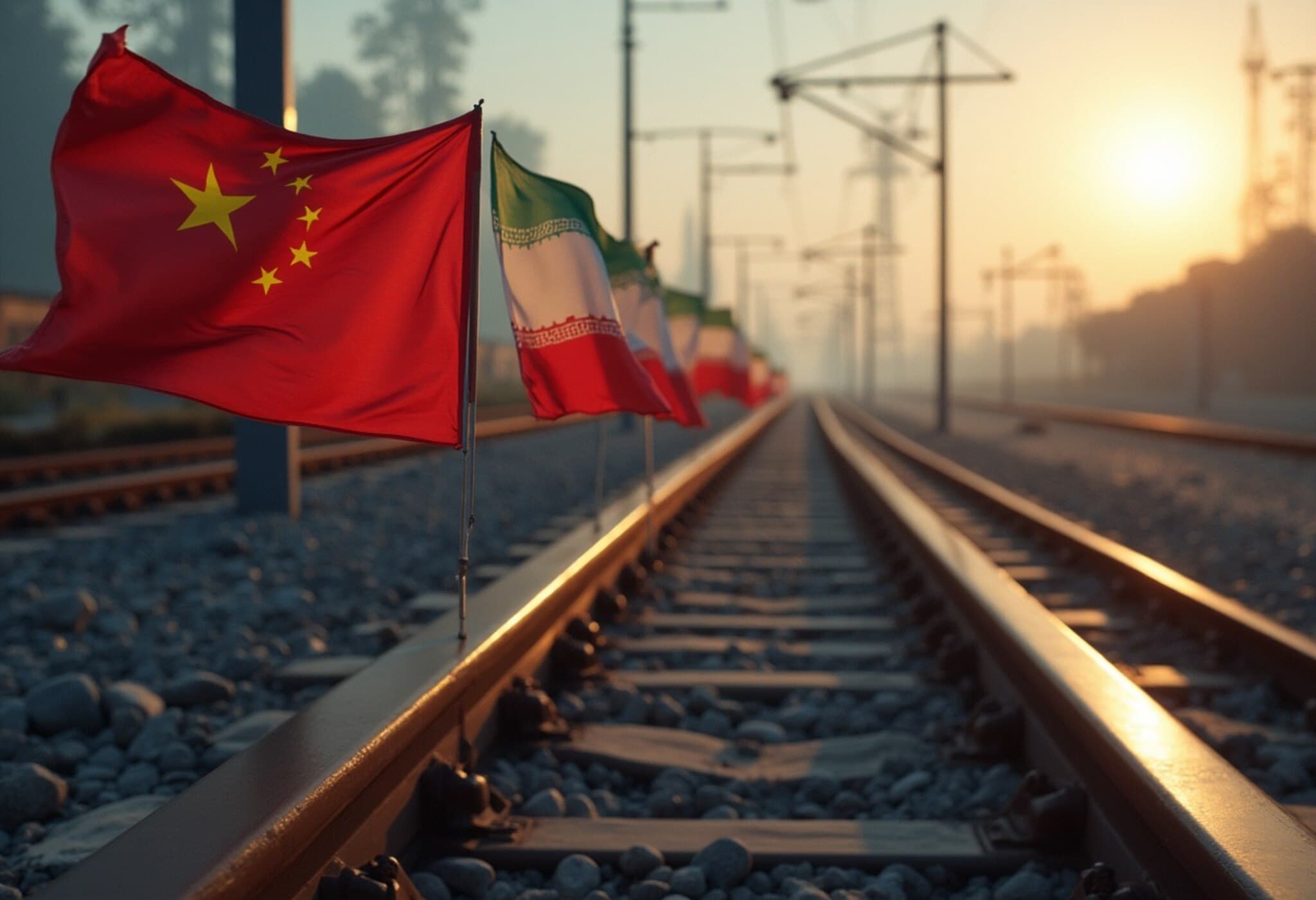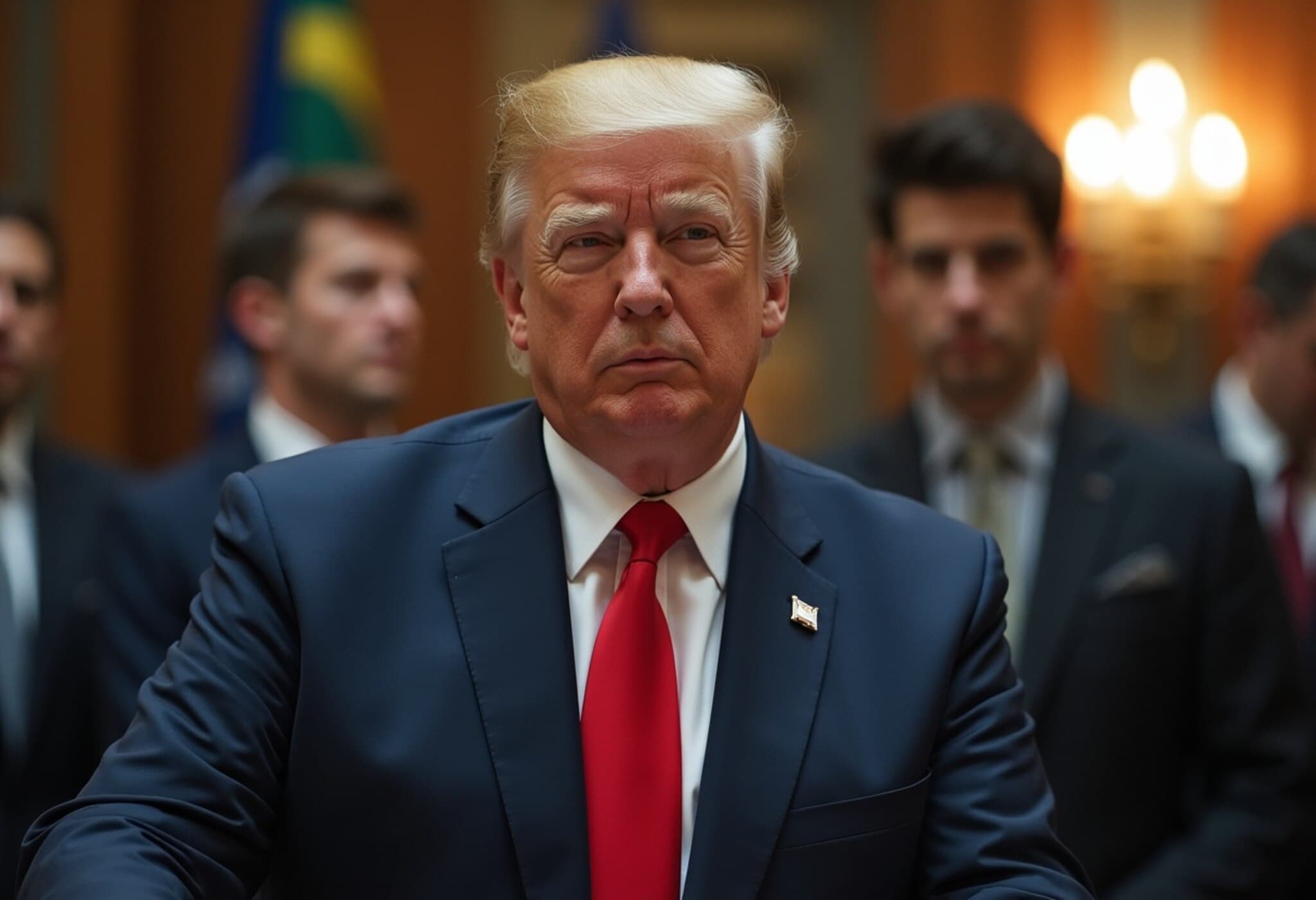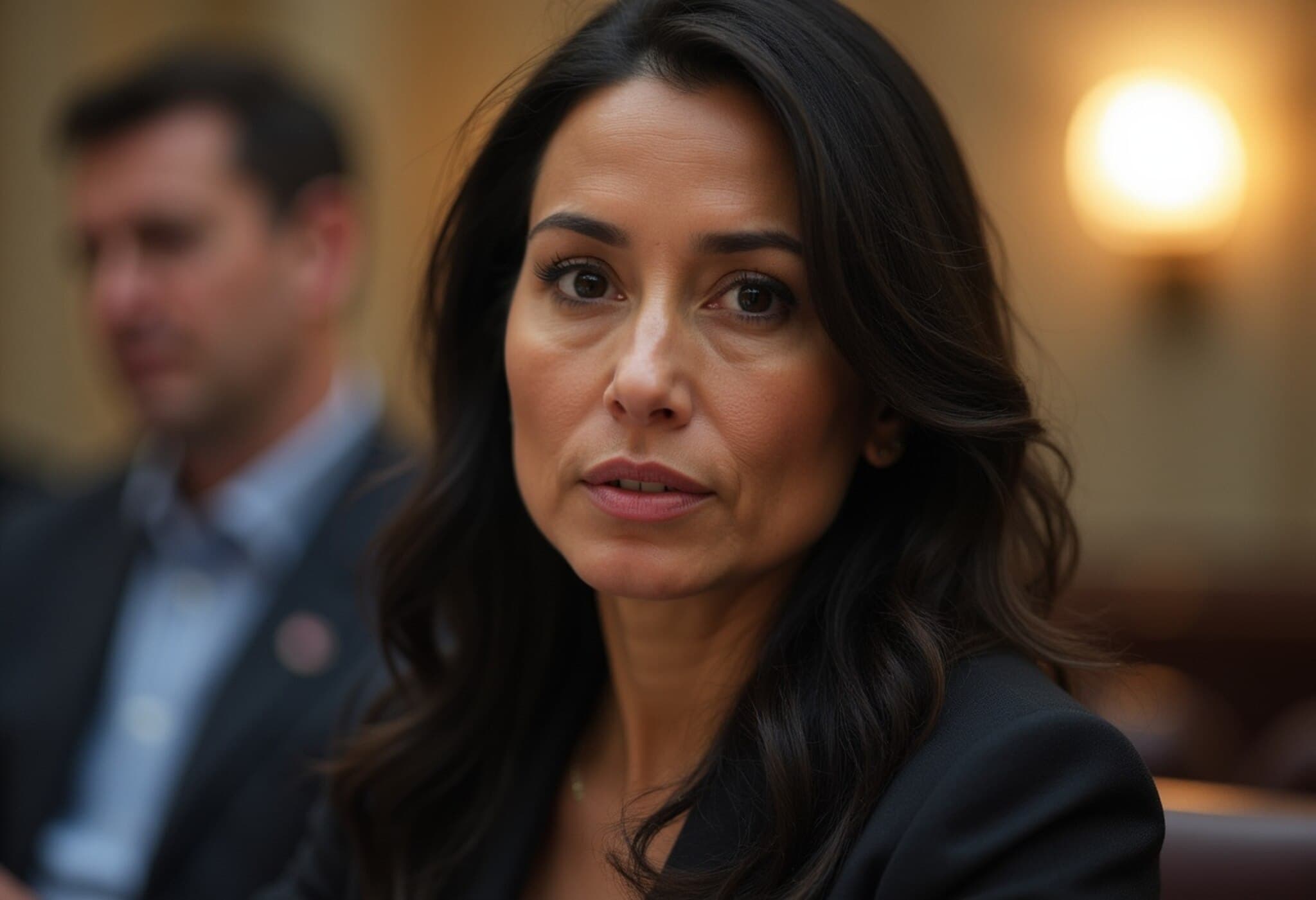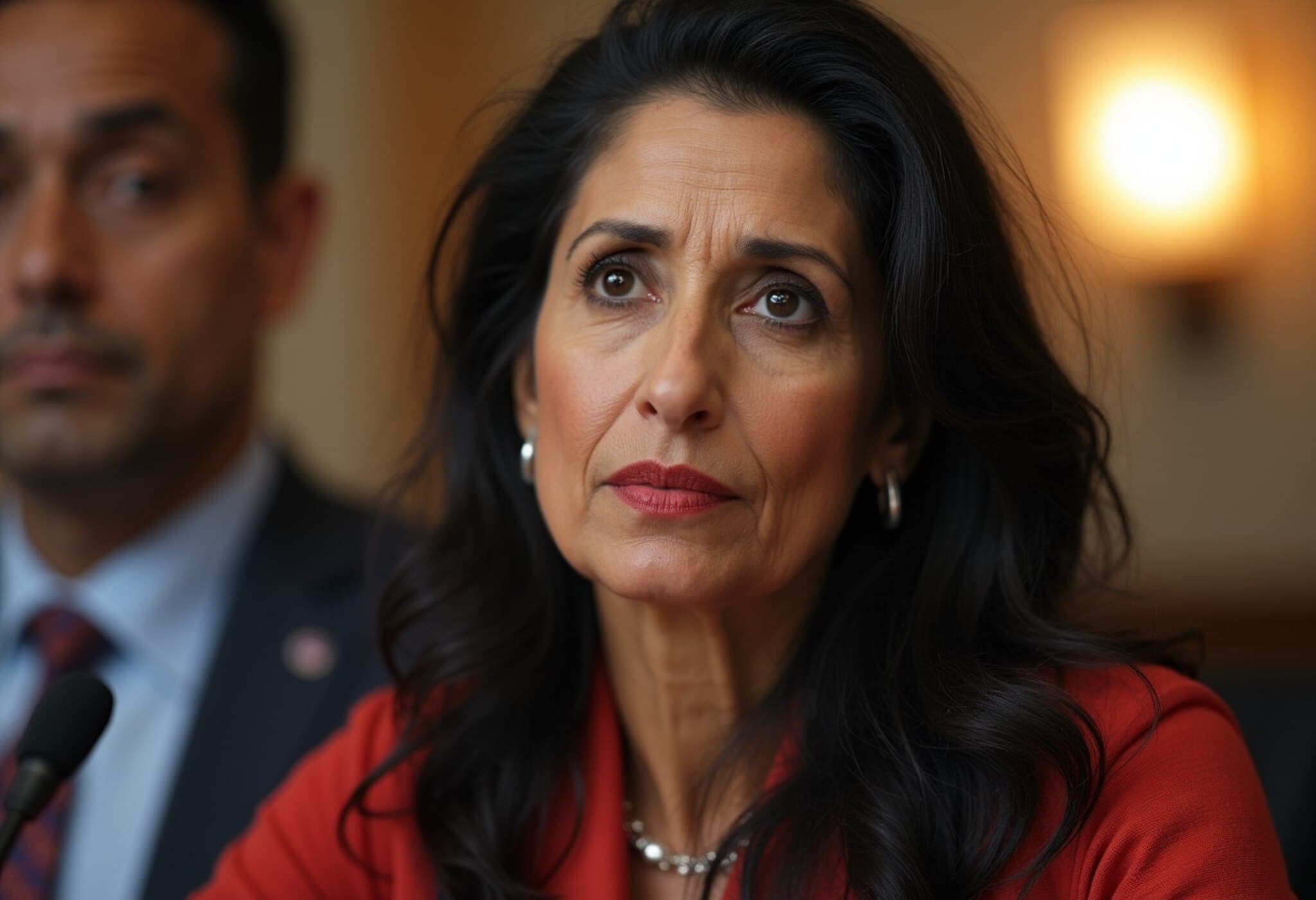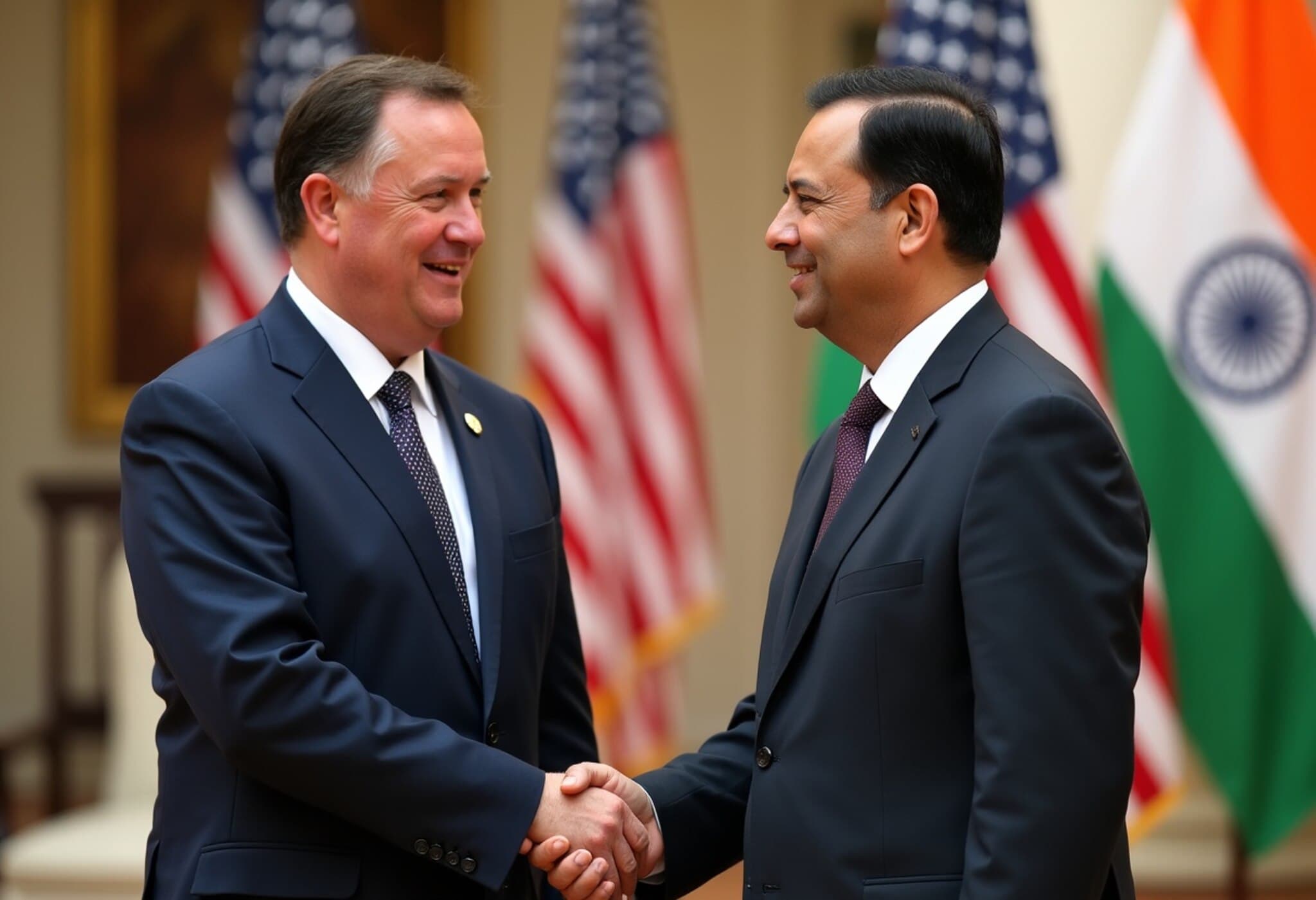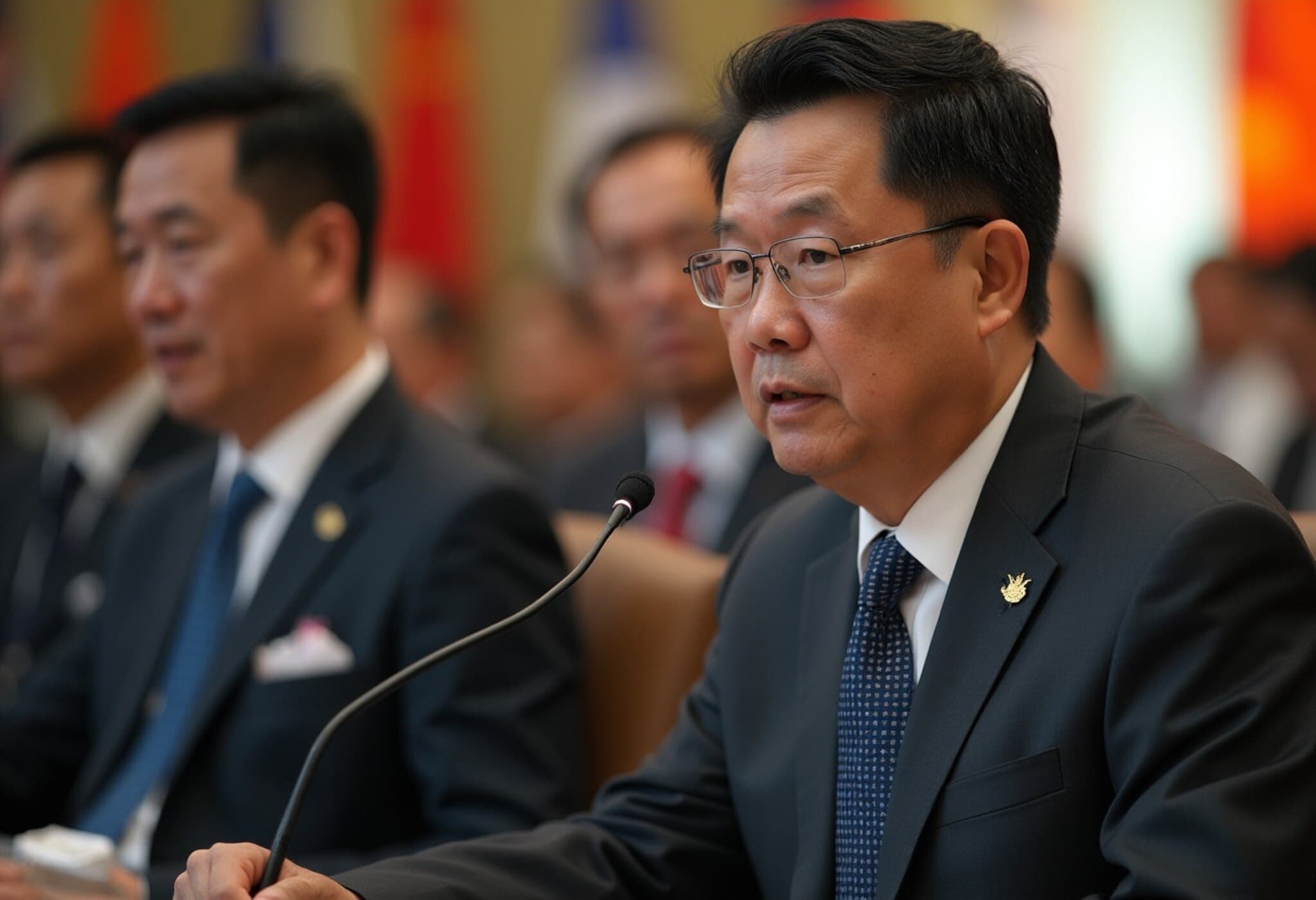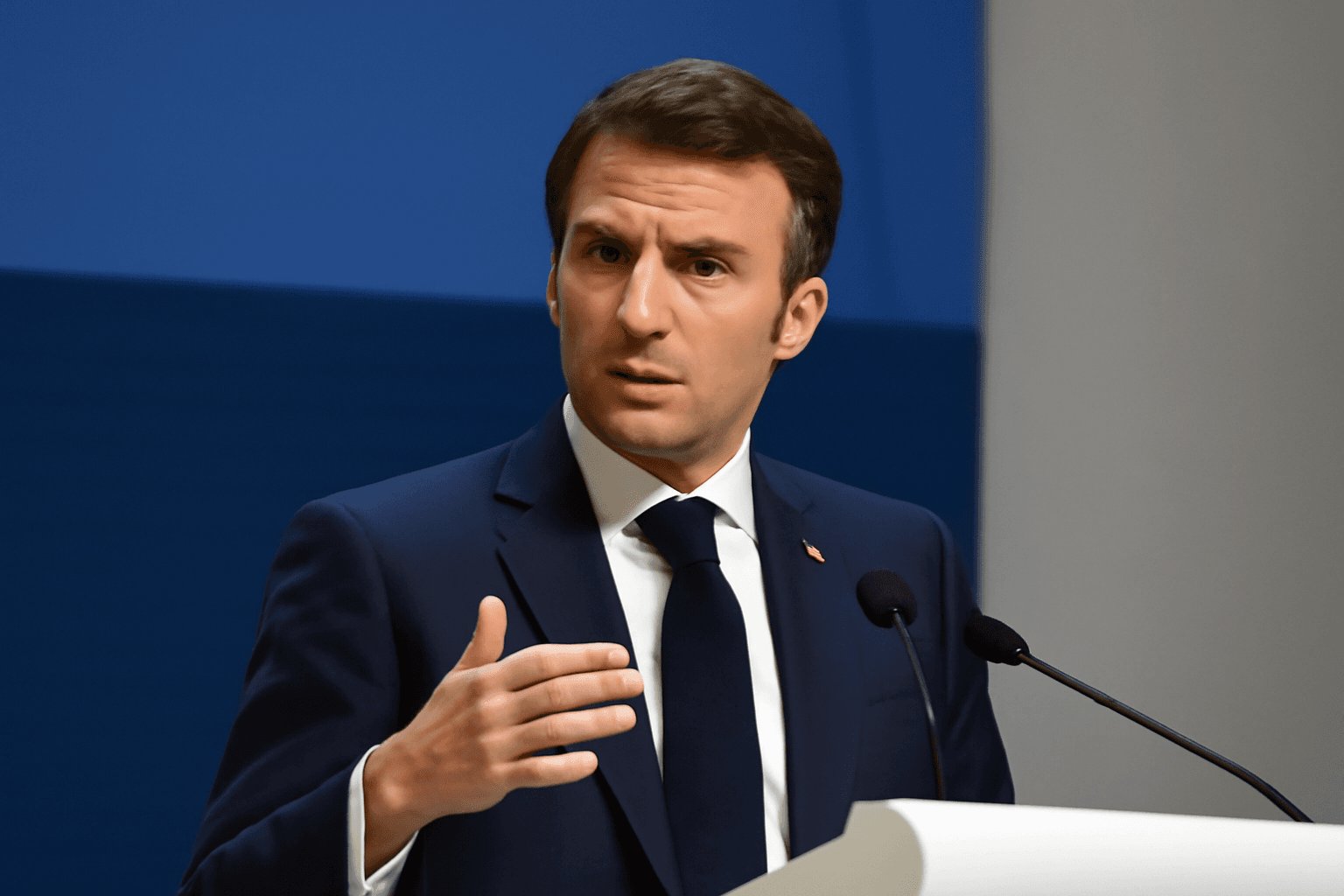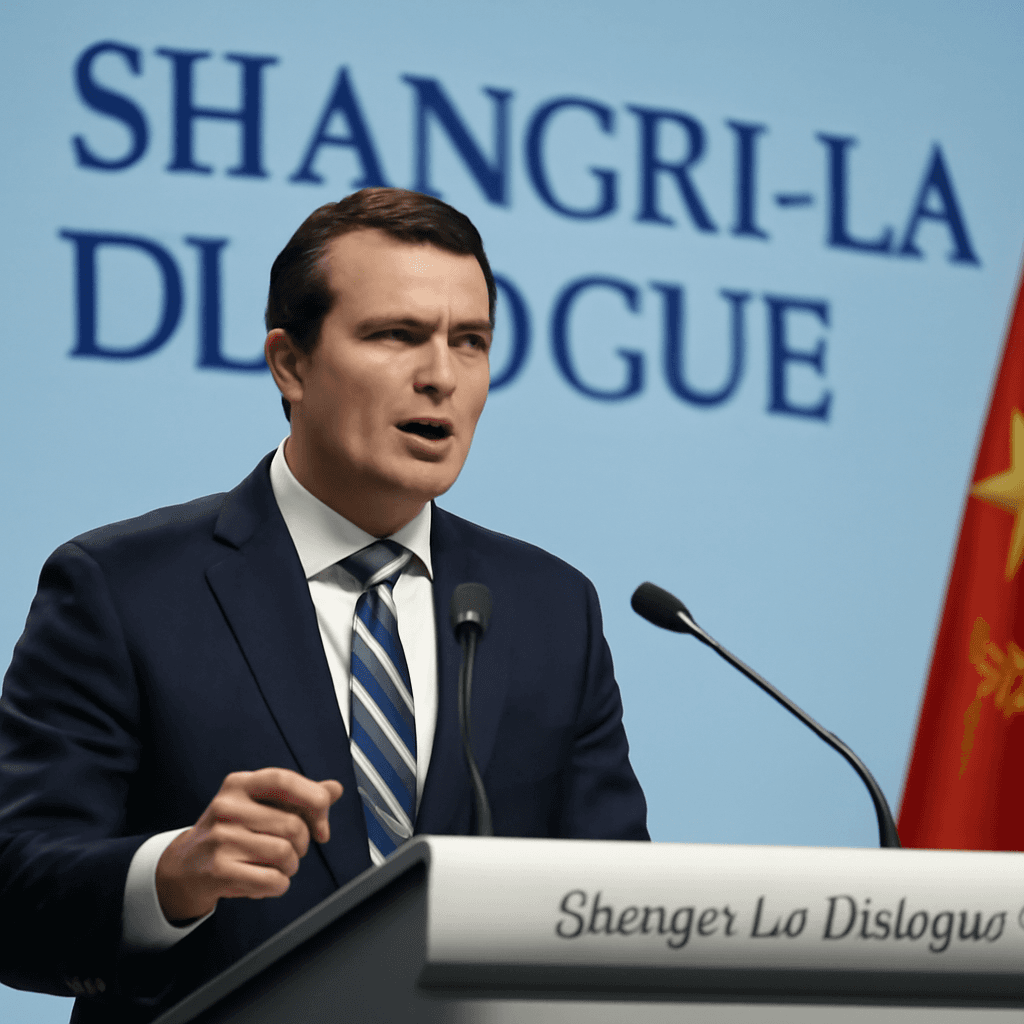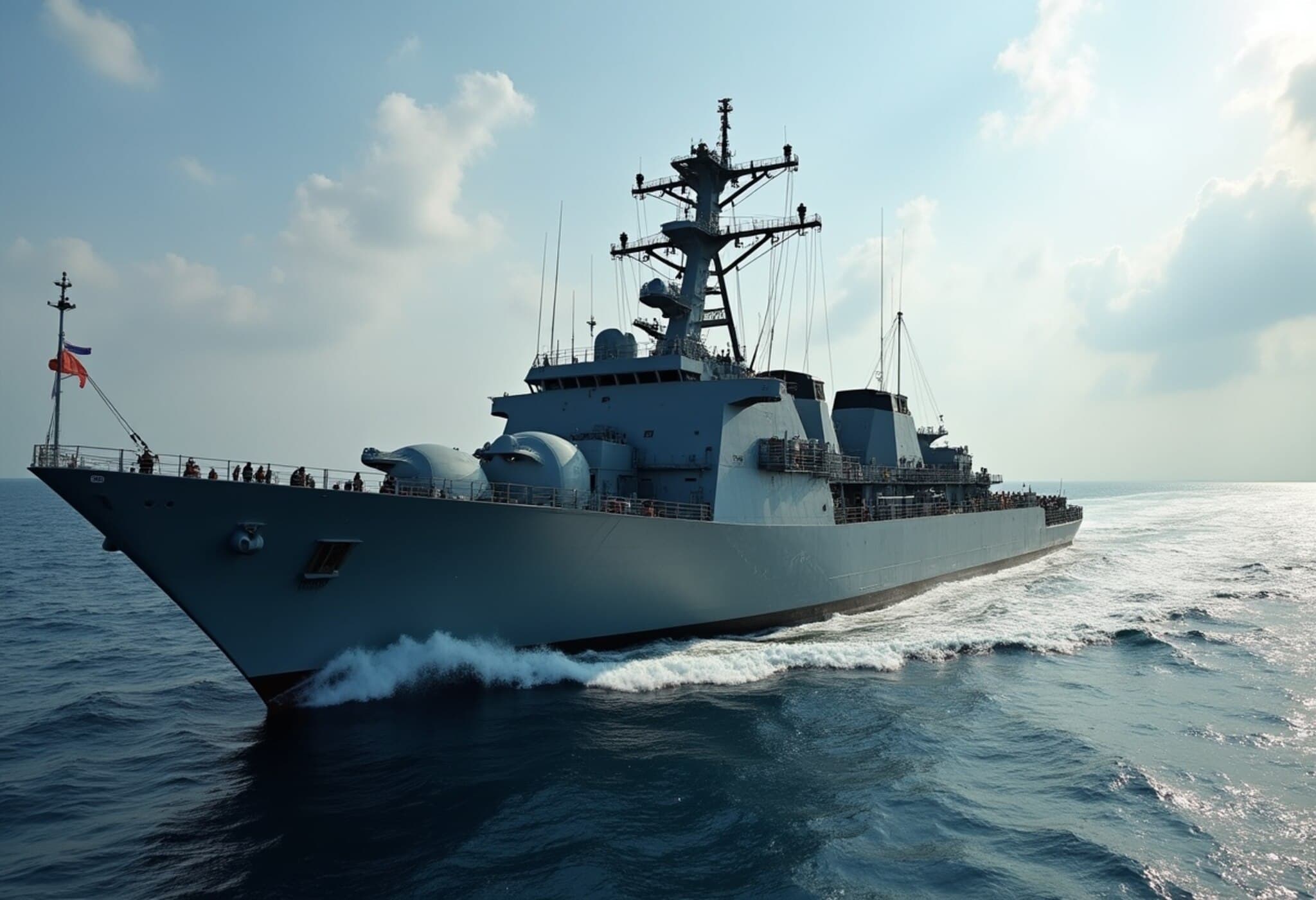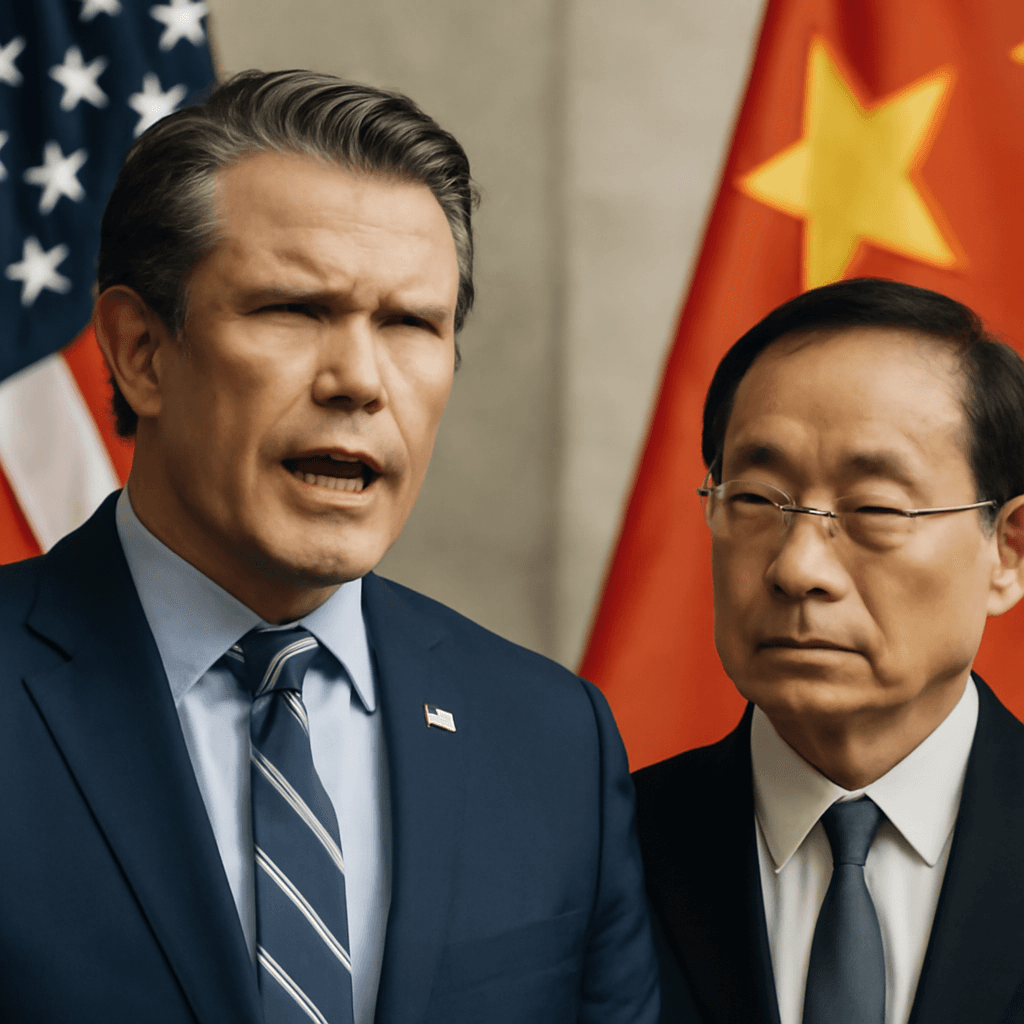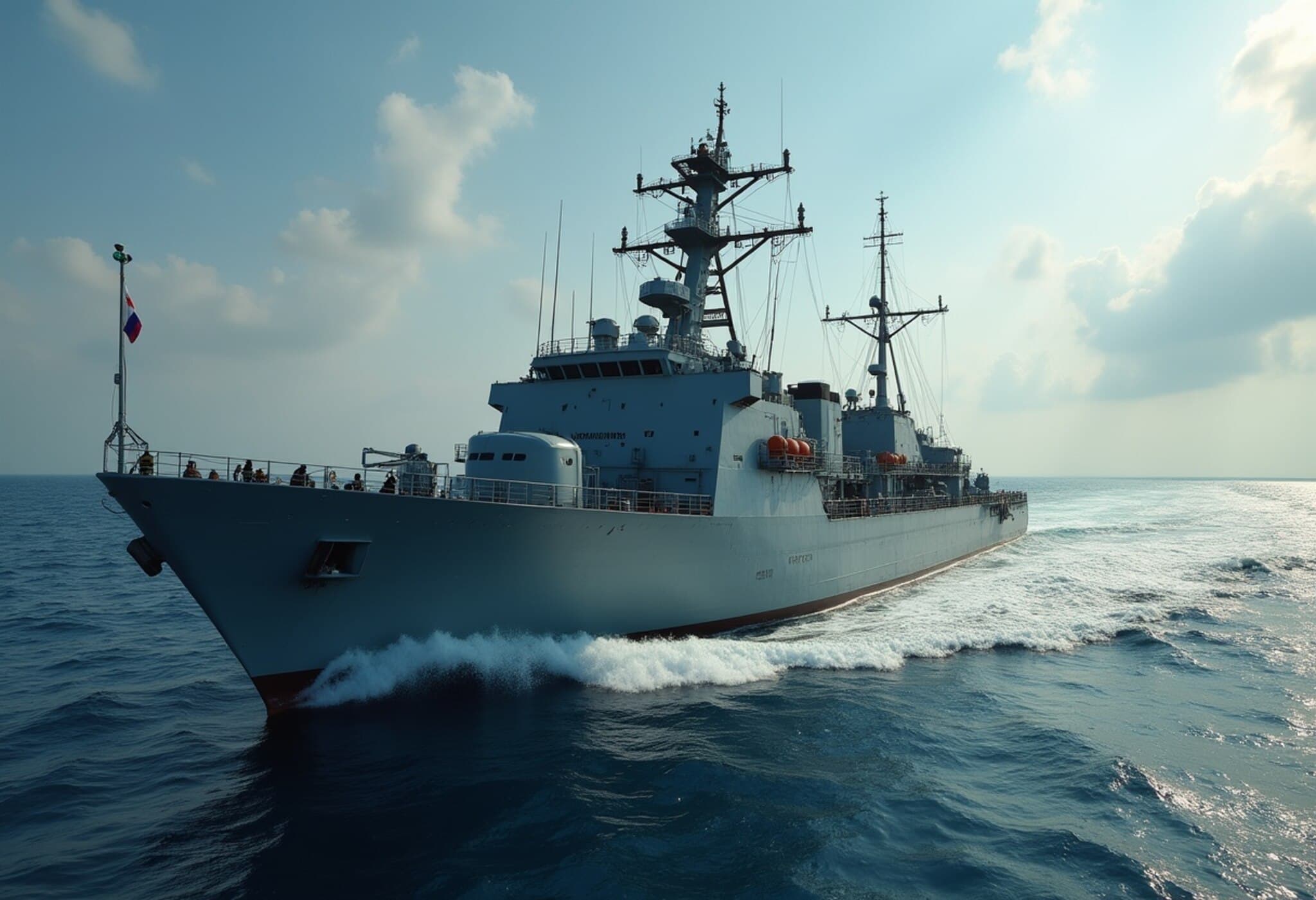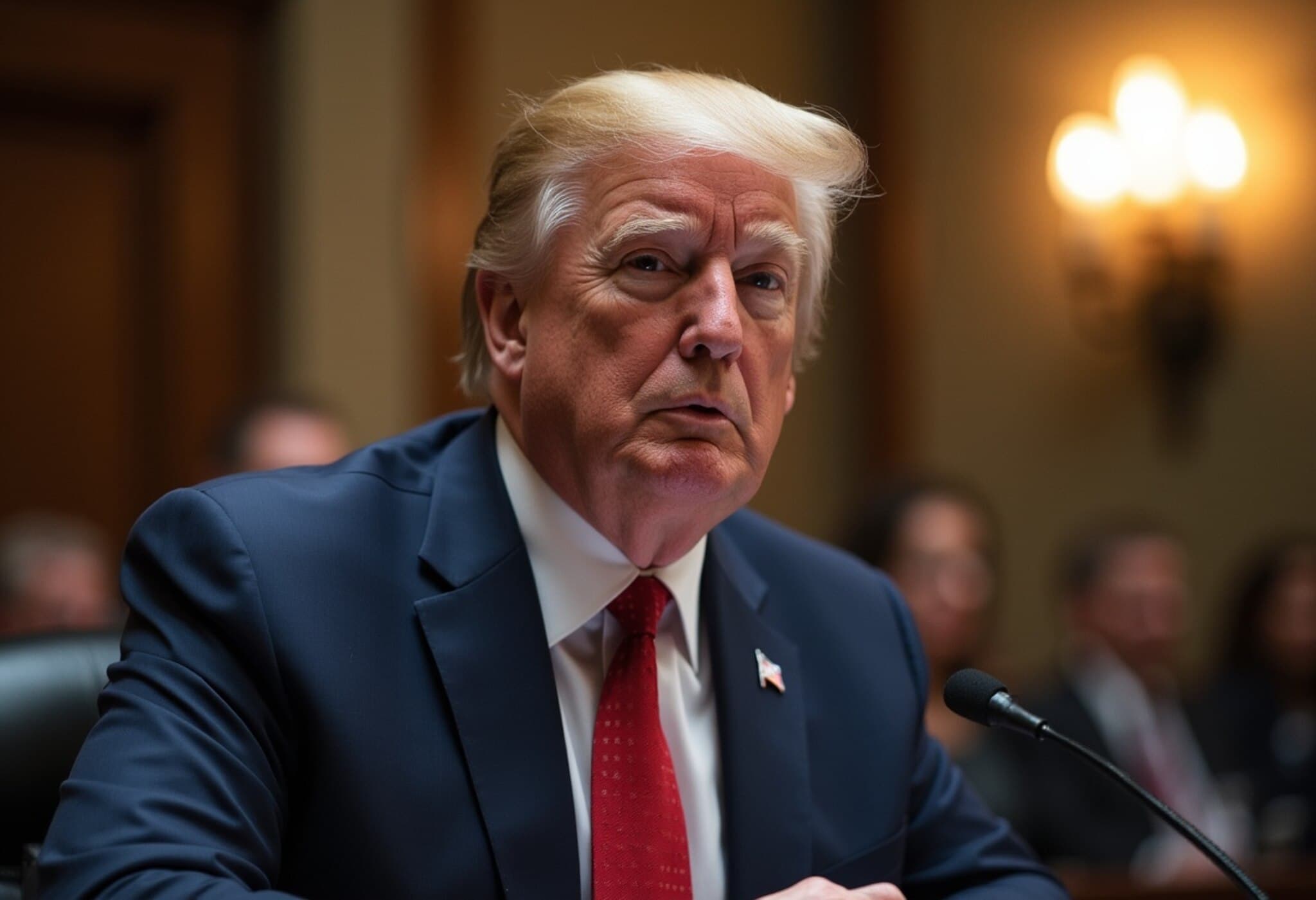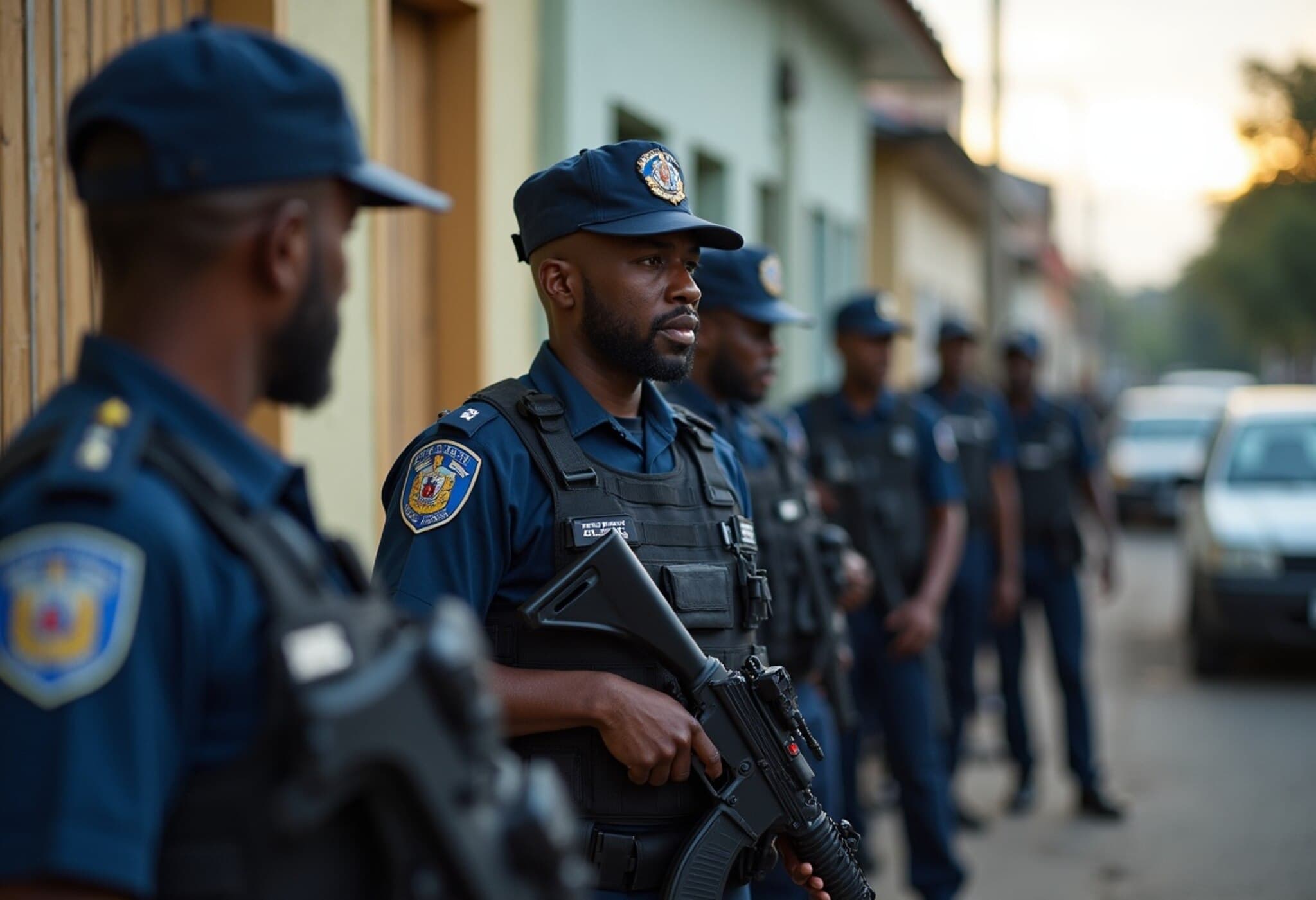Trump and Philippine President Marcos Jr. Discuss Trade and Security at the White House
In a significant diplomatic engagement on July 22, 2025, US President Donald Trump welcomed Philippine President Ferdinand Marcos Jr. to the White House, where the two leaders discussed strengthening bilateral economic and security relations. The meeting underscores the United States’ strategic pivot towards the Asia-Pacific region amid escalating geopolitical tensions.
Progress Toward a Landmark Trade Agreement
Addressing the press from the Oval Office, President Trump revealed, “We’re very close to finishing a trade deal, big trade deal, actually.” This announcement signals that after months of negotiations, the two countries are nearing the finalization of a comprehensive bilateral trade agreement. Trump has previously signaled a hard stance, threatening to impose 20% tariffs on Philippine goods starting August 1, should negotiations falter.
Philippine President Marcos affirmed the importance of the relationship, calling the United States the nation’s “strongest partner” and emphasizing the maturity of their alliance. Marcos also stressed Manila’s commitment to an independent foreign policy amidst regional power dynamics. “There is no need to balance because our foreign policy is an independent one,” he remarked when questioned about navigating both US and China ties.
Trade Concessions and Economic Implications
According to Philippine Finance Secretary Ralph Recto, Manila is prepared to offer zero tariffs on select US goods as a goodwill measure to expedite the trade deal. The proposed bilateral agreement aims to facilitate balanced and mutually beneficial collaboration, aligning with the Philippines’ focus on economic growth while managing sensitive trade dynamics.
- US threatened 20% tariffs if no agreement is reached by August 1
- Philippines willing to reduce tariffs on US imports
- Focus on future-oriented, fair trade partnership
Deepening Defense Cooperation Amid South China Sea Tensions
Security was a pivotal aspect of the discussions. At the Pentagon, Defense Secretary Pete Hegseth reaffirmed US commitment to the Mutual Defense Treaty of 1951, underscoring that it extends protection against armed attacks on the Philippines’ forces, aircraft, and vessels, including the Coast Guard, throughout the Pacific region.
President Marcos expressed gratitude for US assistance in modernizing the Philippines’ armed forces and highlighted the expansion of joint military exercises following Hegseth’s recent visit to Manila. This defense cooperation takes on added urgency against the backdrop of the ongoing South China Sea dispute, where competing sovereignty claims by China, the Philippines, Vietnam, Malaysia, Brunei, and Taiwan have heightened regional instability.
Notably, the Philippines has publicly accused China of aggressive tactics, including the use of water cannons on Filipino vessels, marking a flashpoint in bilateral tensions. At a security forum in Singapore earlier this year, Hegseth declared the US focus on “deterring aggression by Communist China.”
Strategic Dialogues Extend Beyond Bilateral Ties
Before the White House meet, Marcos held talks with Secretary of State Marco Rubio on supply chain resilience and regional peace. Amid cautious diplomatic engagement with China — reflected in Rubio’s recent discussions with Chinese Foreign Minister Wang Yi in Malaysia — the US and the Philippines are striving to maintain open channels for cooperation while balancing strategic deterrence.
Expert Analysis: What This Means for the US-Asia Pacific Landscape
From a policy analyst’s lens, the Trump-Marcos summit epitomizes the increasingly complex dance of diplomacy, economics, and defense in the Indo-Pacific. The move toward a trade deal aligns with the US agenda to solidify economic footholds and counterbalance China’s influence.
Moreover, the emphasis on the Mutual Defense Treaty signals Washington’s resolve to reassure regional allies of its security commitments amid China’s assertive moves in contested waters. However, Manila’s declaration of an “independent foreign policy” hints at nuanced balancing — the Philippines is navigating its historical ties with the US while managing the practical realities of neighborhood politics with China.
For American and Philippine stakeholders alike, the stakes are high. Economically, the tariff threats could jeopardize Filipino exports, impacting US supply chains and consumers. Militarily, enhanced cooperation might deter further aggressive postures in the South China Sea but risks escalating tensions if diplomatic channels fail.
Looking Ahead: Key Questions and Regional Implications
- Will the proposed trade deal usher in a new era of economic integration between the US and the Philippines, and what sectors stand to benefit most?
- How will the Philippines balance its strategic autonomy with deepening US military involvement?
- Could moves like these intensify rivalries in the South China Sea, or pave the way for multilateral conflict resolution?
- What role will supply chain security play as the US and Philippines collaborate amidst global economic uncertainties?
Conclusion
The White House meeting between Presidents Trump and Marcos Jr. marks a pivotal moment in US-Philippine relations, signaling ambitions for stronger economic ties and reinforced defense cooperation during a turbulent time for Indo-Pacific geopolitics. As negotiations proceed, the world watches the unfolding balance of power, economics, and diplomacy in a region vital to global stability.
Editor’s Note
This high-stakes engagement invites readers to consider the broader implications of great power competition in the Asia-Pacific and the intricate role smaller nations like the Philippines play in shaping regional peace and prosperity. Understanding the nuances of such bilateral deals helps decode the subtle dynamics influencing global trade, security alliances, and diplomatic strategy.

